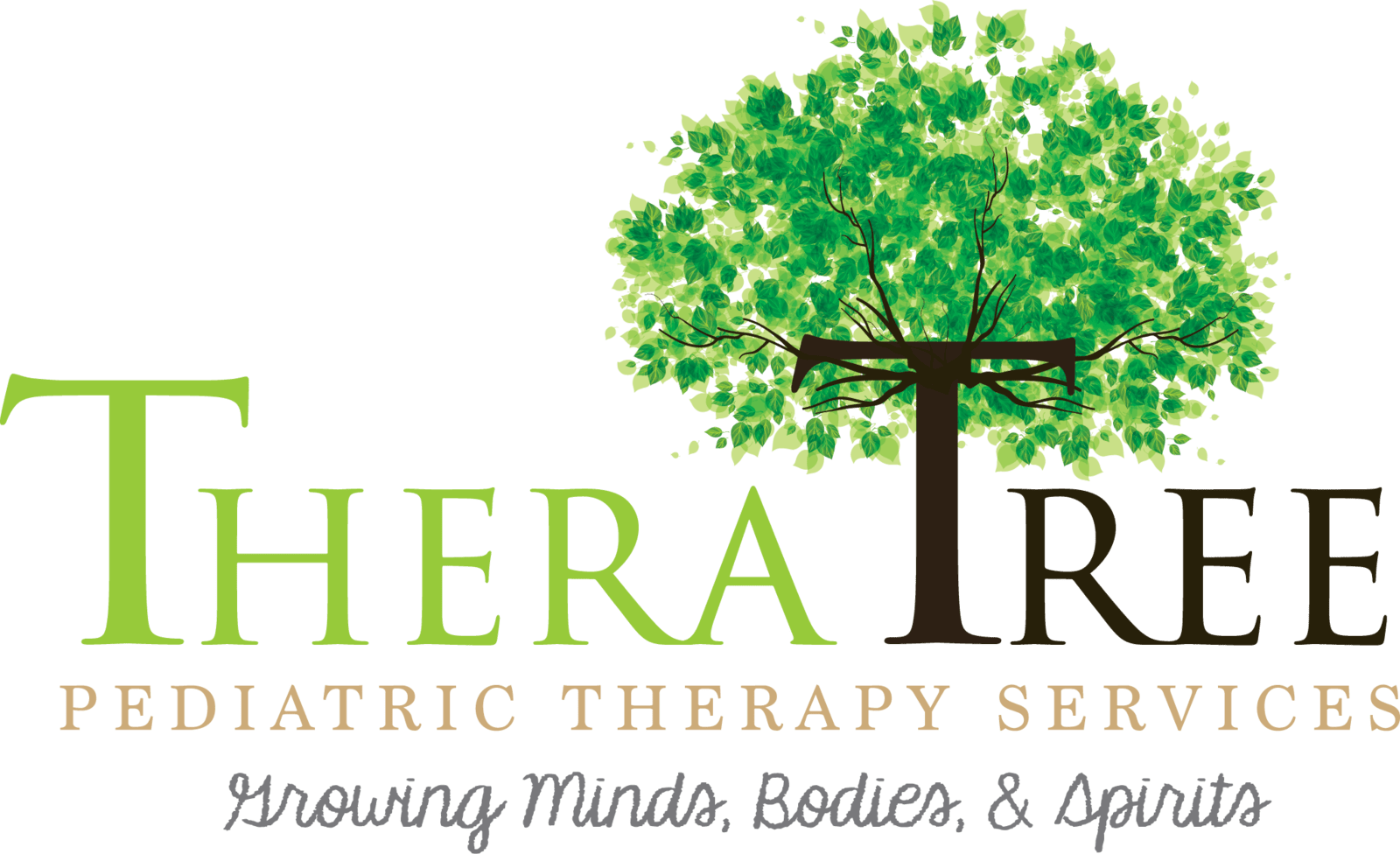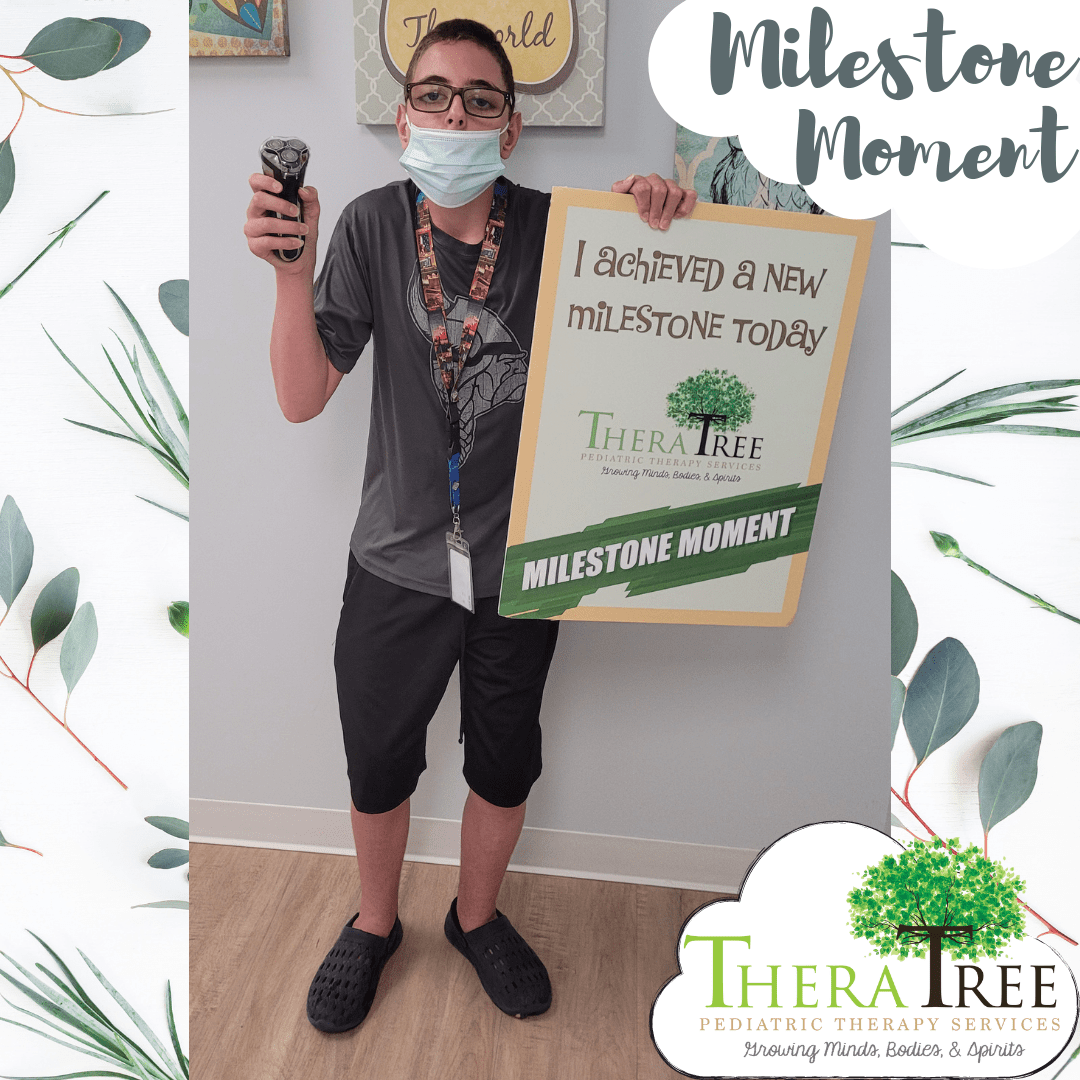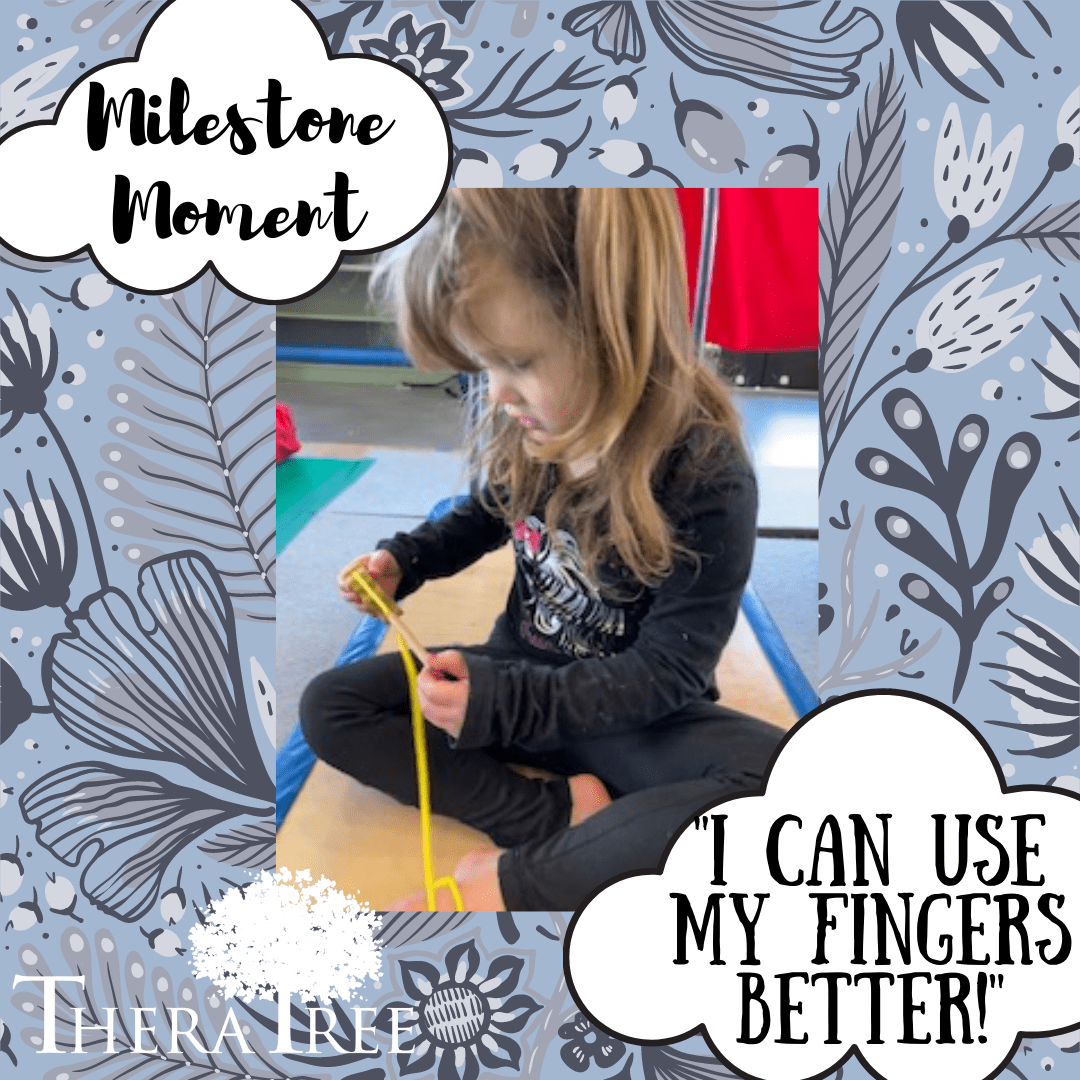OCCUPATIONAL THERAPY
What is Occupational Therapy?
In its simplest terms, occupational therapy providers help people across the lifespan participate in the things they want and need to do through the therapeutic use of everyday activities (occupations). Common occupational therapy interventions include helping children with disabilities to participate fully in school and social situations, helping people recovering from injury to regain skills, and providing supports for older adults experiencing physical and cognitive changes. Occupational therapy services typically include:
- an individualized evaluation, during which the client/family and occupational therapist determine the person’s goals,
- customized intervention to improve the person’s ability to perform daily activities and reach the goals, and
- an outcomes evaluation to ensure that the goals are being met and/or make changes to the intervention plan.
Occupational therapy services may include comprehensive evaluations of the client’s home and other environments (e.g., workplace, school), recommendations for adaptive equipment and training in its use, and guidance and education for family members and caregivers. Occupational therapy practitioners have a holistic perspective, in which the focus is on adapting the environment to fit the person, and the person is an integral part of the therapy team. Read More...

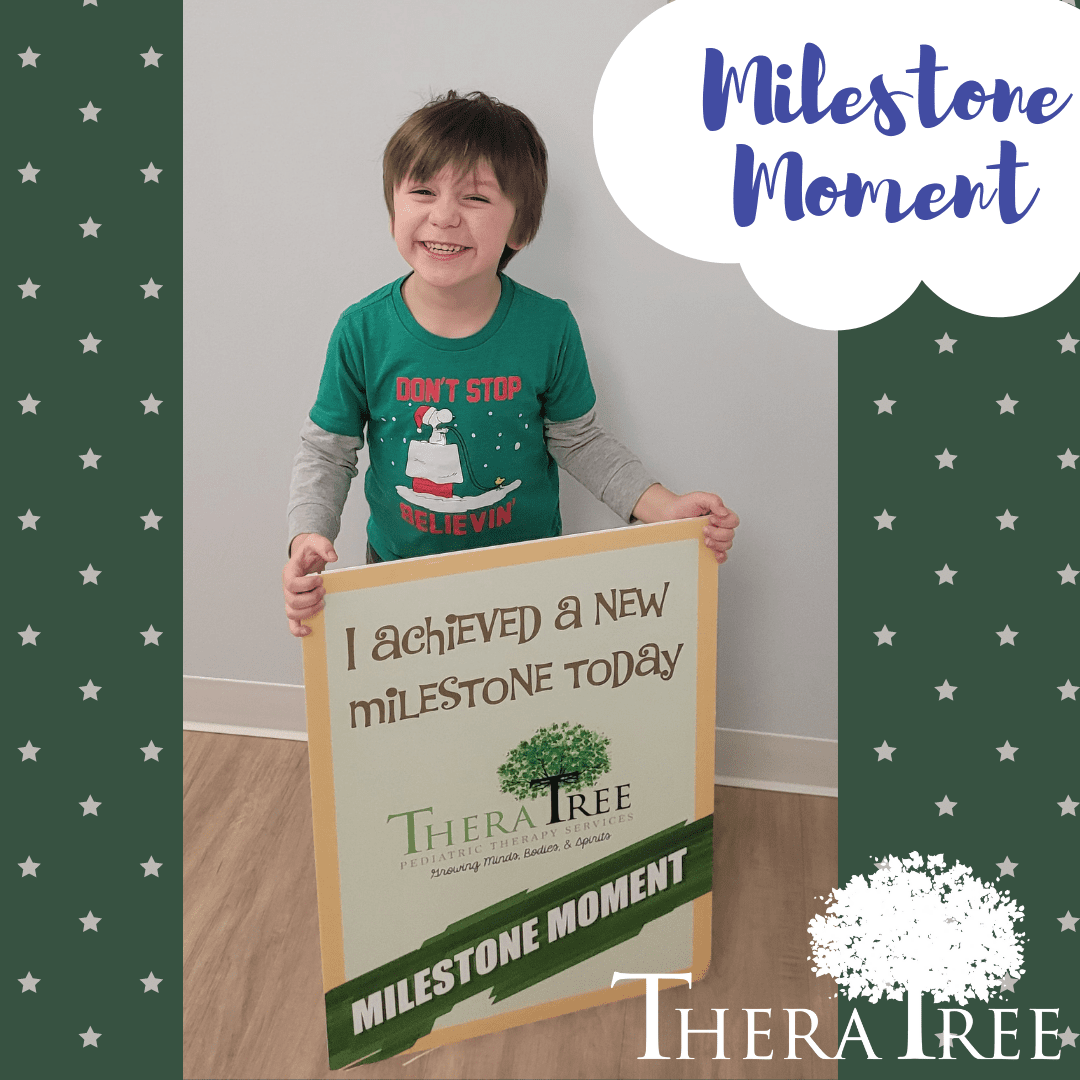
⭐️Milestone Met⭐️
Charlie is rocking it out and making so much progress! He has had no accidents in the past month. We are so proud of you Charlie and love getting to work with you each week!
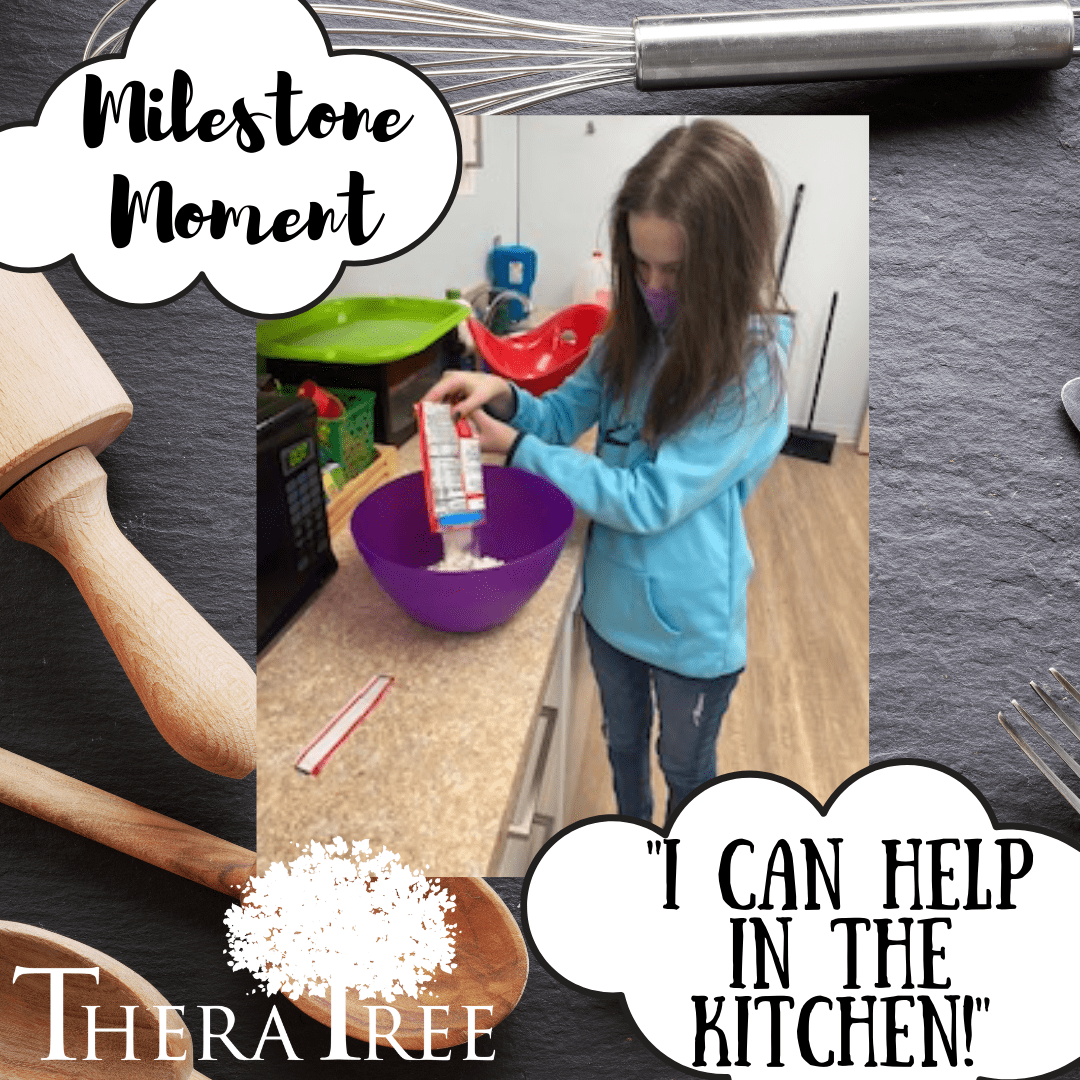
⭐️Milestone Met⭐️
One of Caidence goals is to be more independent in some of her daily activities - like helping in the kitchen. Here we are working on making muffins. She had to read and follow the instructions. Today she was able to follow the instructions without any guidance needed. She was also able to find the objects she needed to make the muffins with no guidance. This was a great accomplishment for her because she always asks for help or for other adults to complete the task. She did awesome and met her goals that had been set for her!
Does my child need OT?
- Easily Distracted
- Poor Attention Span
- Overly Sensitive to Touch, Movement, Sounds or Sights
- Difficulty Accepting Change
- Doesn't Skip, Jump, or Hop on One Foot
- Activity Level Usually High or Low
- Low Muscle Tone
- Limited Play Skills
- Walks on Toes
- Picky Eater
- Walks into People or Objects Frequently
- Inability to "Unwind" or "Self-Regulate"
- Excessive Drooling
- Doesn't Chew Food Before Swallowing
- Clumsy / Uncoordinated
- Doesn't Feed Self
- Constantly Touches People or Object
- Poor Social Interaction
- Difficulty Holding a Pencil or Handwriting (3+)
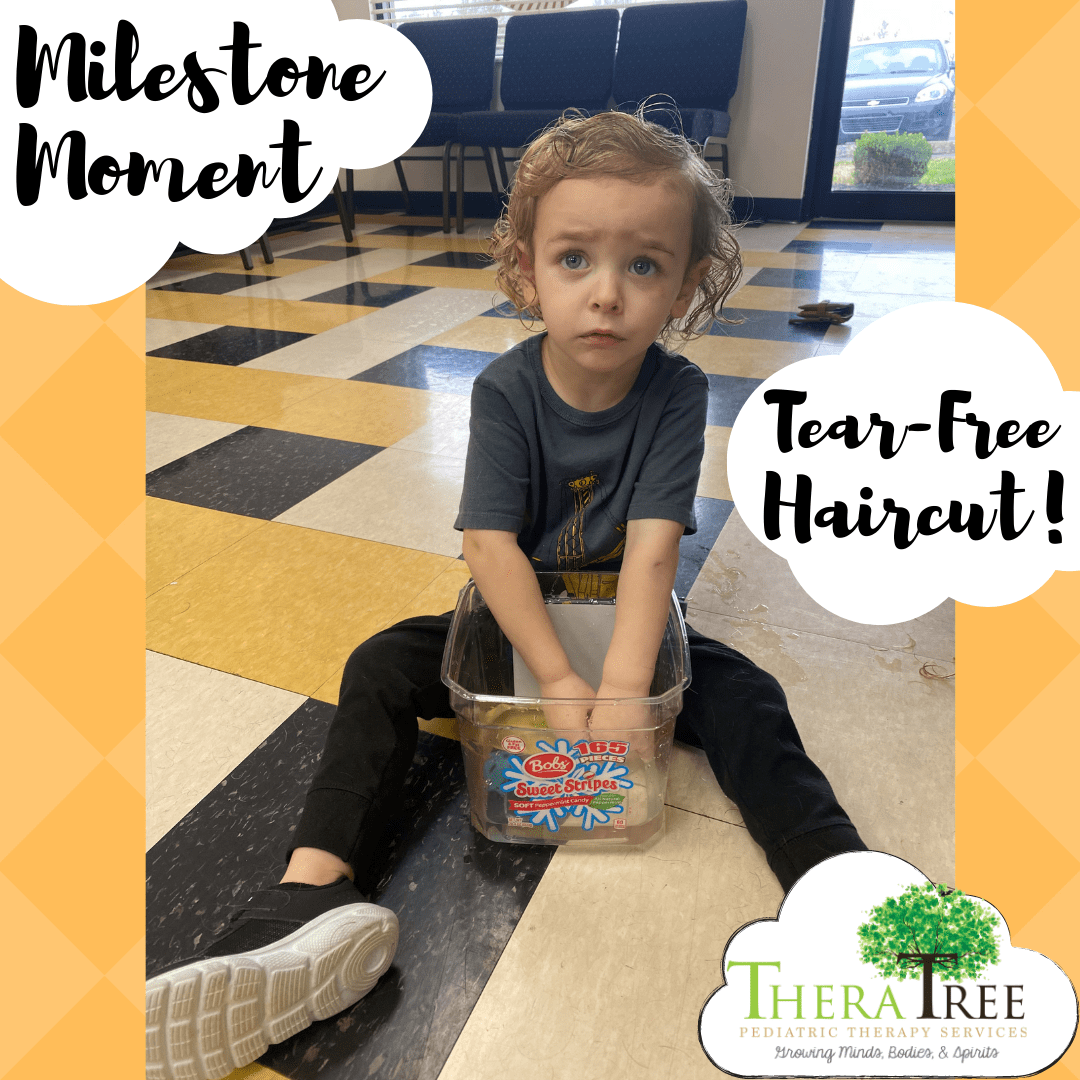
Who benefits from Occupational Therapy:
Diagnosis
Attention Deficit Disorder
Attention Deficit Hyperactivity Disorder
Anesthesia of Skin
Anxiety
Amuputation
Arthogryposis Multiple Congenita
Ataxia
Autism Spectrum Disorder
Brachial Plexus Disorder
Burns
Cancer
Cerebral Palsy
Club Foot
Concussion
Congenital Heart Disease
Cystic Fibrosis
Developmental Delay
Developmental Coordination Disorder
Developmental Disorder of Motor Function
Developmental Disorder of Scholastic Skills
Diabetes
Down Syndrome
Dyslexia
Edema
Edwards’ Syndrome
Ehlers Danlos Syndrome
Feeding Difficulties
Flail Joint
Fragile X Syndrome
Gastroschesis
GERD/GER
Hemiplegia (right or lefts side)
Hemophilia
Hyposthesia of Skin
Instability of Joints
Intellectual Disabilities
Joint Derangements
Juvenile Rheumatoid Arthritis
Lack of Coordination
Lack of Expected Normal Physiological Development
Malrotation
Mitochondrial Disease
Muscle Weakness (generalized)
Oppositional Defiant Disorder
Osteogensis Imperfecta
Paraplegia
Parasthesia of Skin
Patau’s Syndrome
Phenylketonurina
Pompe Disease
Prader-Willi Syndrome
Prematurity
Scoliosis
Seizure Disorder
Selective Dorsal Rhizotomy
Sensory Integration Dysfunction
Short Gut Syndrome
Sickle Cell Disease
Spina Bifida
Spinal Cord Truma
Stiffness of Joints
Taylor Sachs Disease
Torticollis
Traumatic Brain Injury
Turner’s Syndrome
Williams Syndrome
Difficulty
Aligning Body
Applying Deodorant
Applying/Removing Cosmetics
Attention
Bathing / Showering
Bed Mobility
Bending
Brushing / Flossing Teeth
Caring for Skin, Ears, Eyes, and Nose
Carrying Objects
Cleaning Mouth
Clothing Management
Collecting Needed Materials
Contact Lens Management
Cutting with Scissors
Dressing
Empathizes with Peers and Adults
Endurance
Eye Contact
Fasteners on Clothes
Fatigue
Finger / Toe Nail Care
Following Directions (preferred or non-preferred)
Glasses Management
Grading Muscle Force
Grasping
Grooming
Hair Management (washing, drying, combing, brushing styling and trimming hair)
Handle and Uses Tools
Identifies Emotion
Identifies Sensations in Body
Initiates and Carries out Conversation
Lifting Arms
Lifting Objects
Loss of Balance
Manipulating Objects
Matches Tone and Voice Level
Meal Preparation
Menstrual and Continence
Navigates Environment
Opening/Closing Doors & Drawers
Organizing Environment
Pacing Through Tasks
Personal Device Care
Personal Hygiene
Play Exploration & Participation
Positioning Body
Pushing/Pulling Objects
Reaching
Removing Body Hair (ex. using razor, tweezers, lotion)
Responding Appropriate to Adult Directives
Responds to Sounds Appropriately
Rest
Safety
Searching for Needed Items
Seeking Needed Verbal or Written Information
Self Feeding
Self Regulation
Sequencing Body Movement
Sequencing Tasks
Sleep Prepartion & Participation
Smooth and Timely Muscle Movements
Social Interaction
Stabilizing
Swallowing / Eating Food or Fluid
Takes Turns
Toileting and Toilet Hygiene
Tolerates Sounds
Tolerates Textures, Touch, Messy Play
Transitions Between Tasks
Transfers
Tying Shoes
Wheel Chair Mobility
⭐️Milestone Moment ⭐️
Nick met a milestone this week! Nick has a goal for shaving his facial hair. First off, he is now able to function his new electric razor. Today he also was able to get all the shaving cream off his face! Proud of you Nick and all your hard work on shaving.
The Role of Occupational Therapy With Children and Youth:
Occupational therapy practitioners work with children,youth, and their families to promote active participationin activities or occupations that are meaningful to them.Occupation refers to activities that may support thehealth, well-being, and development of an individual(AOTA, 2008). For children and youth, occupations are activities that enable them to learn and develop life skills (e.g., school activities), be creative and/or derive enjoyment (e.g., play), and thrive (e.g., self-care and care for others) as both a means and an end. Occupational therapy practitioners work with children of all ages (birth through young adulthood) and abilities. Recommended interventions are based on a thorough understanding of typical development and the impact of disability, illness, and impairment on the individual child’s development, play, learning, and overall occupational performance.Occupational therapy practitioners provide services by collaborating with other professionals to identify and meet needs of children experiencing delays or challenges in development; identifying and modifying or overcoming barriers that interfere with, restrict, or inhibit a child’s functional performance; teaching and modeling skills and strategies to children and their families to extend therapeutic intervention; and adapting activities, materials, and environmental conditions so children can participate under different conditions and in various environments.

🍇🍉🍆🥔🍏
"At TheraTree, I am one of the occupational therapists trained in feeding. SOS is one of the approaches I am trained in. I also love working on feeding because food and mealtime are a big part of our daily routines, holidays, and experience with others. If your child is having difficulty with feeding, please reach out and let us know! Here are some common reasons that children do not eat: pain, discomfort, immature motor/oral motor skills, immature swallow skills, sensory processing problems, learning and behavioral, nutritional. "
Kaitlin Alvey, MS, OTR/L❤️
Occupational Therapist

⭐️Milestone Moment⭐️
One of Nicholas' goals is to tolerate an adult brushing his teeth for at least 10 seconds. Nicholas had difficulties allowing someone to brush his teeth when he began therapy. Now, he runs to the bathroom independently and LOVES to brush his OWN teeth! He brushes his teeth at least 3 times during therapy and shows me his pearly whites when he is done! Way to go, Nicholas!!
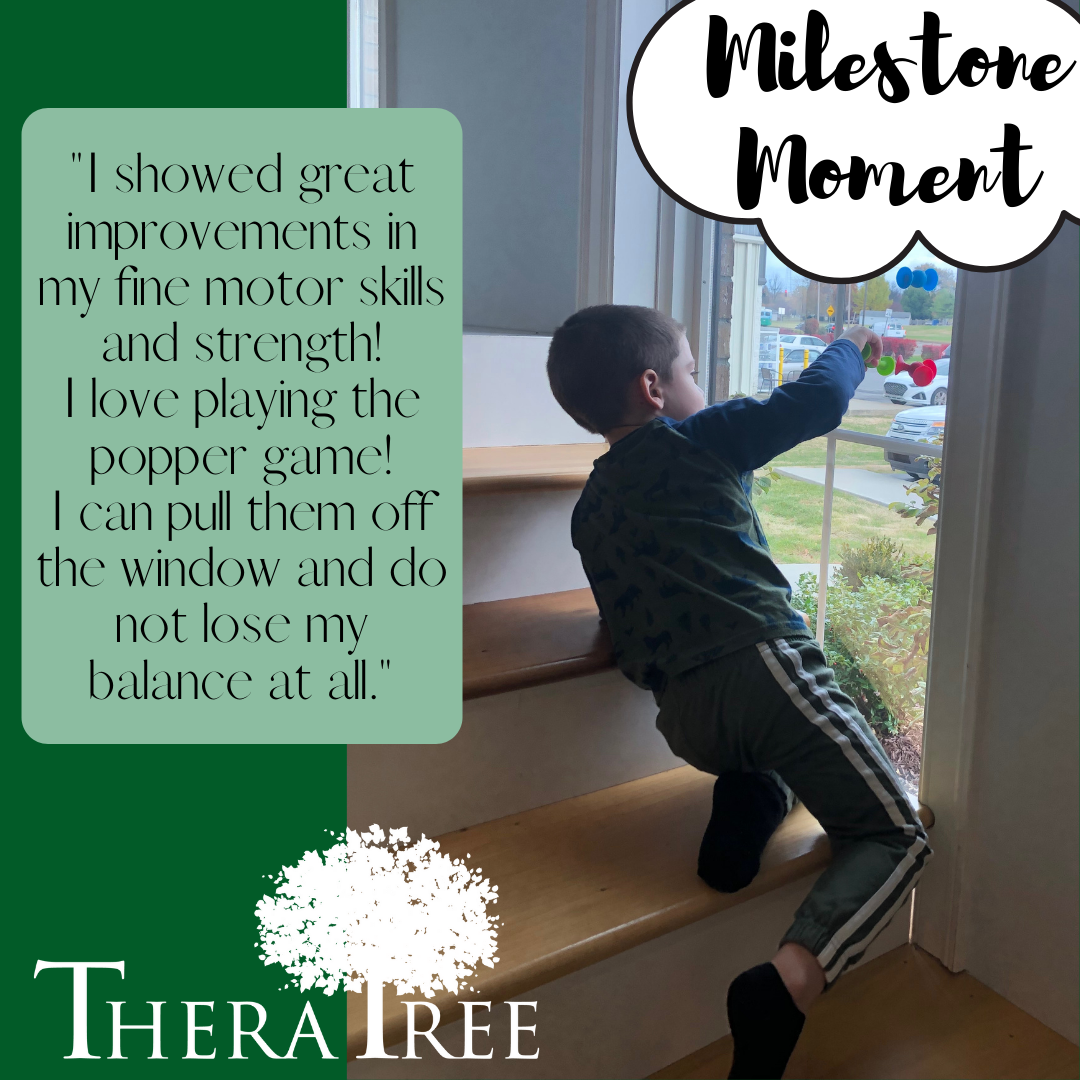
⭐️Milestone Moment⭐️
Way to go Kyson!! "I met another goal! I showed great improvements in my fine motor skills and strength. I love playing the popper game! I can pull them off the window and do not lose my balance at all!"
Torticollis Treatment
Torticollis treatment falls within the Occupational Therapy Scope of Practice due to the impact Torticollis can have on daily occupations.
Torticollis can lead to developmental delays, which makes early intervention key! Depending on the age of the child at the time of referral will depend on the time frame of services. Treatment could range anywhere from 2 months to 10 months. Surgery may be recommended after 6 to 12 months of conservative treatment.
Occupational Therapy Treatment
Occupational Therapy Providers use a varitey of exercises, stretches, and home education programs to address torticollis and other conditions that may accompany torticollis, such as plagiocephaly.
- Neck Passive Range of Motion: Activities as simple as napping on the affected side (supervised), “football” hold, and playing in side lying all address this section of treatment.
- Neck and Trunk Active Range of Motion: Supported sitting while looking towards affected side, and prone over a ball for active extension.
- Development of Symmetrical Movements: Moving arms and legs in diagonal patterns, grabbing toes, and squatting.
- Environmental Adaptations: Placement of books and toys, high chair placement, limiting carrier time, using different positioning devices.
- Parent/Caregiver Education: Tummy time for at least 1 hour every day, positioning when feeding, sleeping, and playing, and minimizing time in carriers.
⭐️Milestone Moment ⭐️
Maisyn had been working on achieving the goals to do threading. She would refuse and needed hand over hand guidance to be able to thread the beads. She would also toss the beads and refuse to do the aciivty. Today she met the goal. She was able to thread 8 big animals beads on the string. She was able to start to use a pincer grasp and she was able to pull the strung threw the beads with no help. This skill will help her with writte as well as doing her shoe laces as well as buttons. So blessed to see how she is growing and to hear how great she is doing at home.
Maisyn had been working on achieving the goals to do threading. She would refuse and needed hand over hand guidance to be able to thread the beads. She would also toss the beads and refuse to do the aciivty. Today she met the goal. She was able to thread 8 big animals beads on the string. She was able to start to use a pincer grasp and she was able to pull the strung threw the beads with no help. This skill will help her with writte as well as doing her shoe laces as well as buttons. So blessed to see how she is growing and to hear how great she is doing at home.
